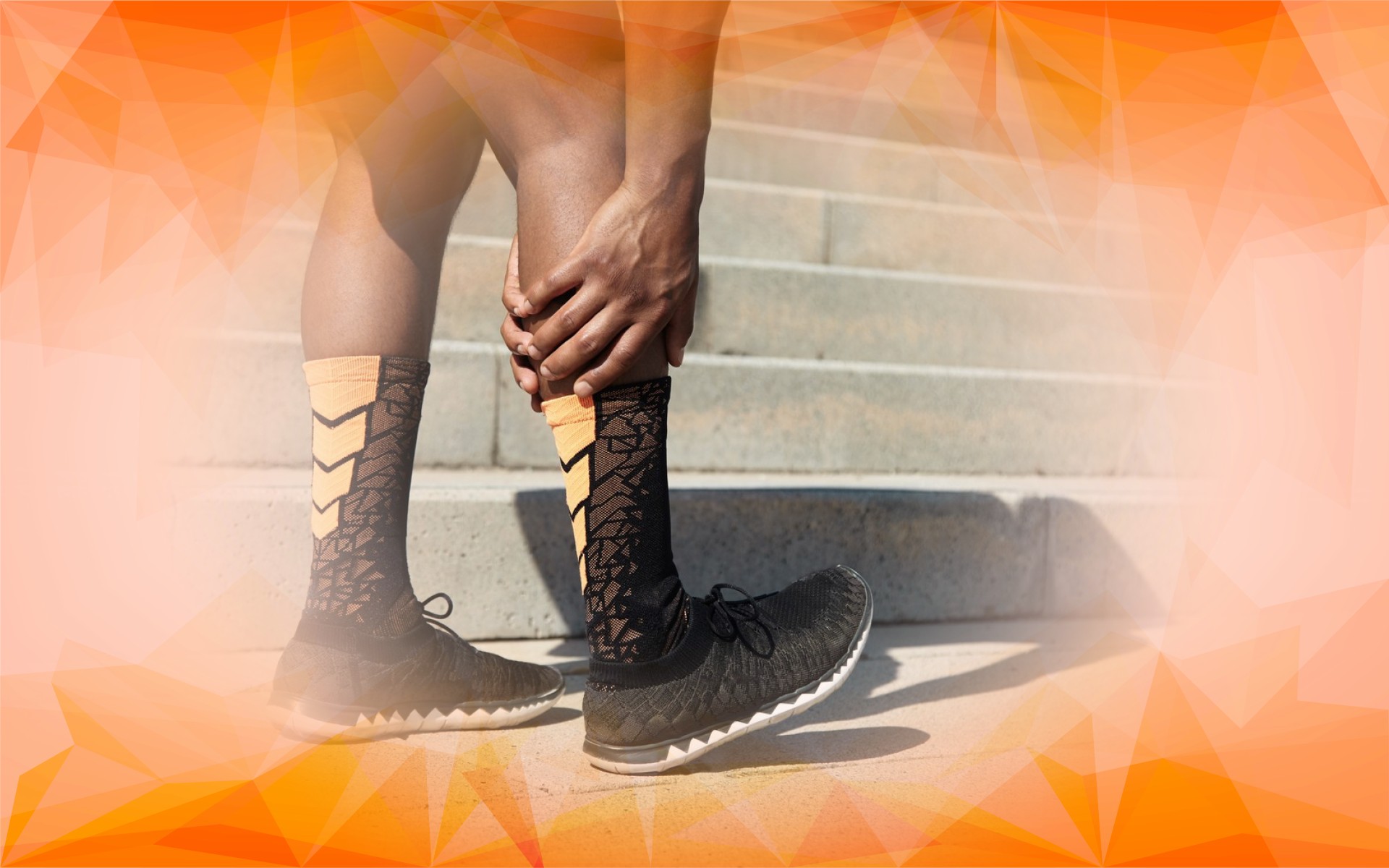Knee pain is a common complaint, especially among people living with osteoarthritis—a condition where the protective cartilage in the knee gradually wears away, causing stiffness and discomfort. When surgery isn’t the preferred option, two popular treatments come into play: knee gel injections (also called viscosupplementation ) and cortisone (steroid) shots. Both aim to ease pain and improve movement but work differently and vary in cost and how long their effects last. Choosing between these treatments can be confusing, so this article sets out to explain their differences clearly, helping you understand which might suit you best.
Understanding How Gel and Steroid Knee Injections Work
To make sense of these treatment options, it helps to understand how they work. Knee gel injections involve putting a gel-like substance—usually hyaluronic acid—directly into the joint. Hyaluronic acid is naturally found in healthy joints where it acts like a lubricant and shock absorber, helping your knee move smoothly and cushioning it from impact. In osteoarthritis, this natural “ joint fluid ” diminishes, so injecting gel helps replace what’s lost, easing stiffness and pain gradually over several weeks.
There is also a newer type of gel called polyacrylamide hydrogel (known commercially as Arthrosamid) that works a little differently. This gel sticks to the lining inside your knee and creates a supportive scaffold to promote healing and protect the joint. Recent studies say that “this PAAG hydrogel seems to be an effective and safe treatment option for knee osteoarthritis , providing positive results for at least two years.”
On the other hand, cortisone injections work by delivering powerful anti-inflammatory steroids straight into the knee. They don’t replace the joint fluid but instead reduce swelling and inflammation quickly, which often brings fast pain relief. Both treatments have scientific support but work in distinct ways, which affects how soon and how long they relieve your symptoms.
How Long Does Pain Relief Last? Gel Injections Versus Cortisone Shots
One of the key differences between these treatments is how long they ease your pain . Cortisone shots typically act fast, often bringing noticeable relief within a few days. However, this effect is usually temporary, lasting a few weeks to a couple of months before symptoms may return.
Gel injections, meanwhile, take a little longer to start working but can offer longer-lasting benefits—often between six and eight months. In particular, polyacrylamide hydrogel has shown promising results, with patients experiencing “statistically significant improvements at two years.” A recent study also reported that, “at six months, polyacrylamide hydrogel outperformed cortisone but was similar to hyaluronic acid, though differences at 12 months were not significant.” This suggests that while gels may not always be better than all other options in the long run, they do tend to provide more sustained relief than steroids . For many people, this longer-lasting benefit can make a real difference to everyday life.
Who Stands to Benefit Most from Each Treatment?
Choosing the right treatment depends on your individual circumstances. Doctors usually consider things like your age, the severity of your arthritis, and how much inflammation you have.
Gel injections are generally recommended for people with mild to moderate osteoarthritis who could benefit from longer-lasting support for their knee, especially if they want to avoid repeated steroid injections due to possible side effects.
New research on polyacrylamide hydrogel offers encouraging news. It’s been found that “injection of PAAG hydrogel into the knee is safe with no long-lasting side effects.” Furthermore, patients with a normal body weight, younger than 70, or those with moderate arthritis appear to experience the most benefit from this treatment, according to detailed studies.
Cortisone shots, in contrast, tend to be the go-to when inflammation is causing sudden flare-ups with swelling and pain, and fast relief is needed. They can be particularly helpful for more advanced arthritis or when quick symptom control is a priority. Both options have their place, and often your doctor will help you decide which fits best with your health profile and lifestyle.
What About Cost? Understanding the Financial Side of Knee Injections
The cost of treatment is a big concern for many people. In the UK, cortisone injections are usually the cheaper option, costing between £50 and £150 per injection. Gel injections, however, tend to be more expensive, often costing £200 to £500 or more for a course of treatment, which may involve several injections.
Newer gels like polyacrylamide treatments often come at the higher end of this price range, reflecting their innovative nature and longer-lasting results. While the NHS often covers cortisone injections more readily, access to gel treatments may be more restricted and sometimes requires private payment. Insurance coverage varies too.
That said, because gels generally provide longer relief, they might reduce the need for multiple injections over time, which could save costs in the long run. Discussing these financial factors openly with your healthcare provider is important to help you plan your treatment wisely.
Side Effects and Safety: What to Expect
When considering any treatment, safety and side effects are important. Cortisone injections can cause a temporary increase in pain after the injection, mild skin thinning, or discoloration around the injection site. If used too frequently, there’s a small risk of joint damage or infection, so doctors recommend limiting how often you have them.
Gel injections usually cause milder side effects, such as brief swelling or discomfort. Research into polyacrylamide hydrogel has been reassuring, with studies confirming “no long-lasting adverse events reported,” pointing to a good safety profile.
Both treatments are generally safe when administered properly and monitored by a healthcare professional. Understanding potential risks helps you make an informed choice without unnecessary worry .
Making Your Decision: What to Consider When Choosing Between Knee Gel and Cortisone
Choosing between knee gel and cortisone injections involves balancing how quickly you want relief, how long you want it to last, the cost, and your overall health and preferences.
Cortisone is well suited for rapid relief during flare-ups, while gel injections provide longer-term support that may help manage symptoms steadily over many months.
Studies comparing polyacrylamide hydrogel with other treatments found it “offers similar short-term benefits and modest advantages at six months, though long-term benefits are less certain.” This means it might be a helpful complementary option, especially for certain patient groups.
Whatever option you’re considering, it’s crucial to have an open conversation with your orthopaedic specialist . They can guide you based on your specific condition, lifestyle, and goals. Together, you can choose the treatment that best fits your needs.
Conclusion
Both knee gel and cortisone injections play important roles in managing osteoarthritis pain, each with its own strengths. Gel injections tend to support joint health over longer periods, while cortisone shots provide quicker, though shorter, relief from inflammation. The best choice depends on your individual situation. With expert advice and personalised planning, you can find the right approach to help you stay active and comfortable every day.
References
Cole, A., Maulana, R. K., Whitehead, J. P., & Lee, P. Y. F. (2022). A systematic review of the novel compound Arthrosamid polyacrylamide (PAAG) hydrogel for treatment of knee osteoarthritis. Medical Research Archives, 10(8). https://doi.org/10.18103/mra.v10i8.2950
Bliddal, H., Beier, J., Hartkopp, A., Conaghan, P. G., & Henriksen, M. (2023). Polyacrylamide hydrogel versus hyaluronic acid in knee osteoarthritis: A subgroup analysis of a randomized study. Orthopaedic Proceedings, 105-B(SUPP_13), 81–81. https://doi.org/10.1302/1358-992x.2023.13.081
Aykaç, B., Dinç, M., Nar, Ö. O., Karasu, R., & Bayrak, H. Ç. (2025). Comparative efficacy of polyacrylamide hydrogel versus hyaluronic acid and corticosteroids in knee osteoarthritis: A retrospective cohort study. Medicine, 104(38), e44655. https://doi.org/10.1097/md.0000000000044655
Frequently Asked Questions
Cortisone injections provide rapid anti-inflammatory relief but are short-lived, while knee gel injections, including advanced options like Arthrosamid®, act as lubricants and shock absorbers, offering more gradual but sustained improvement. AMSK Clinic specialises in both, helping patients with tailored choices for effective joint care.
Cortisone injections usually ease pain within days, lasting several weeks. In contrast, gel injections, especially using advanced Arthrosamid® at AMSK Clinic, may provide relief for six to eight months or more, supporting patients seeking longer-lasting non-surgical treatment.
Gel injections at AMSK Clinic are generally best for individuals with mild to moderate osteoarthritis, especially those under 70 or with normal body weight. Patients seeking sustained improvement and wishing to avoid frequent steroid injections often see considerable benefit from this tailored approach.
Both treatments are generally safe at AMSK Clinic. Cortisone injections might cause temporary pain or skin changes, while gel injections may cause short-term swelling. Polyacrylamide hydrogel (Arthrosamid®) has demonstrated an excellent safety profile in research, with minimal risk of long-term adverse effects.
AMSK Clinic offers extensive experience, advanced technology, and a personalised, patient-centred approach. With the latest options like Arthrosamid®, AMSK Clinic delivers longer-lasting, evidence-based relief, helping you manage knee osteoarthritis comfortably and maintain an active lifestyle without unnecessary interventions.



